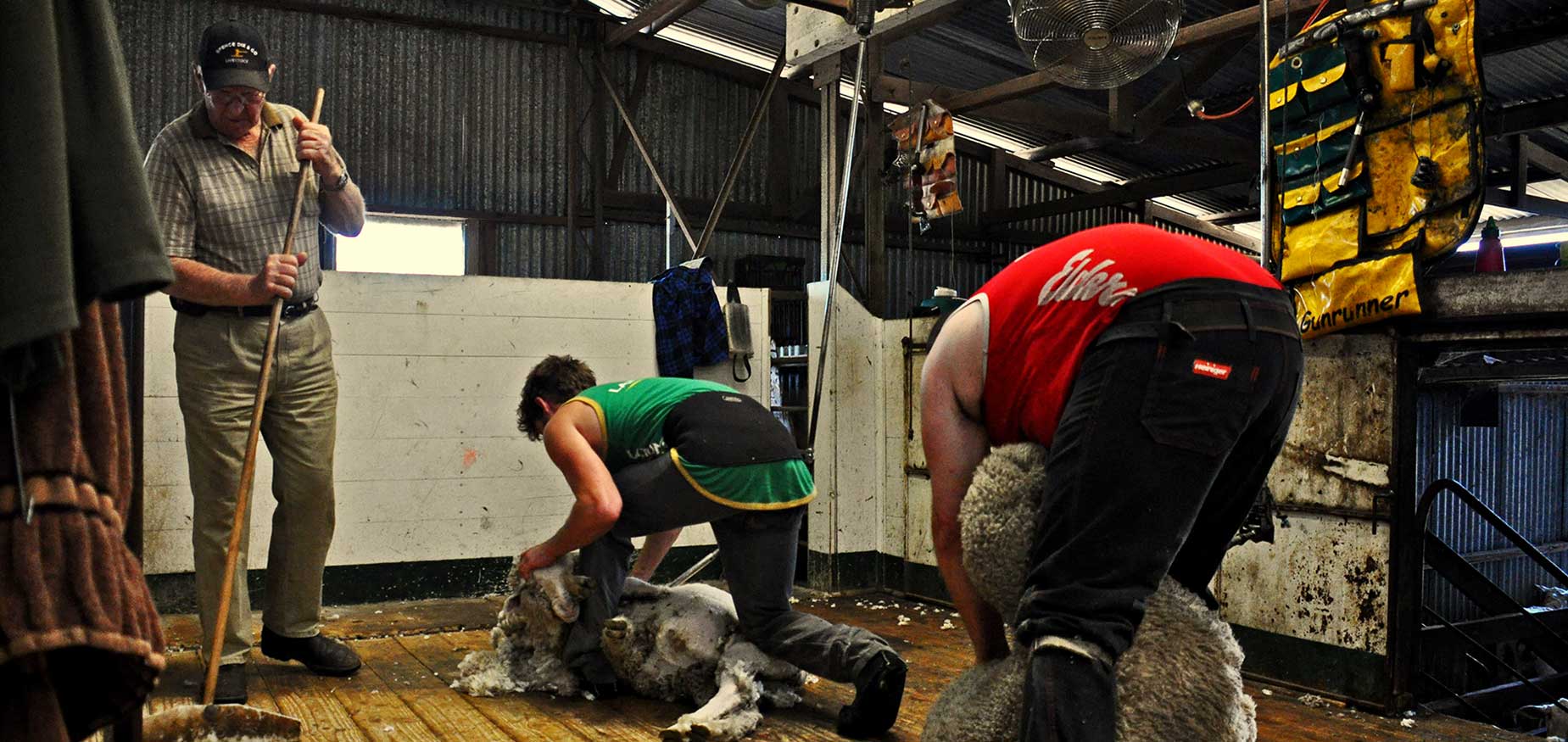Stock Journal Technical Column - January 2024
Author: Article supplied by PIRSA
Introduced in the 1800s, European rabbits quickly spread across Australia causing severe and widespread damage. Today, their impacts threaten over 300 native species and cost the agricultural sector $200 million annually.
Rabbits cause a variety of issues, including:
- constructing warrens that cause soil erosion
- facilitating the spread of invasive weeds
- creating grazing pressure and competition with livestock for resources
- directly affecting yields by grazing on crops and forestry saplings
- competing with native herbivores for resources
- providing an important food resource for feral cats and foxes
In South Australia, landholders are responsible for the control of rabbits on their properties. Control tools include biological controls, baiting, and targeting warrens by ripping, fumigating, or blasting. The best results are achieved when control programs are coordinated among neighbours and multiple control tools are used and timed for maximum impact.
A properly timed release of calicivirus, at the start of summer or in autumn, can be a highly effective means for controlling rabbits. The success of the release relies on suitable environmental conditions and most young rabbits (kittens) being weaned. These factors will enable the virus to persist longer, are associated with the presence of blowflies that transmit the virus, and will minimise the risk of kittens developing immunity. The current available strain of calicivirus (RHDV K5) is highly localised in its effects, so it is important to coordinate multiple releases with your neighbours to deliver landscape-scale outcomes. Follow up control activities, including baiting and warren destruction, will ensure generational impacts to your rabbit populations. To discuss releasing calicivirus on your property in autumn 2024 contact your local Landscape board.
Poison baits containing 1080 or pindone are an effective control tool for large properties. With your local Landscape Board Officer, baiting programs can be coordinated with neighbouring properties to attain size requirements of at least 1,000 m2 for pindone and 50,000 m2 for 1080 programs. Typically, the toxins are mixed with carrots or oats and laid during seasons when few other food resources ar




